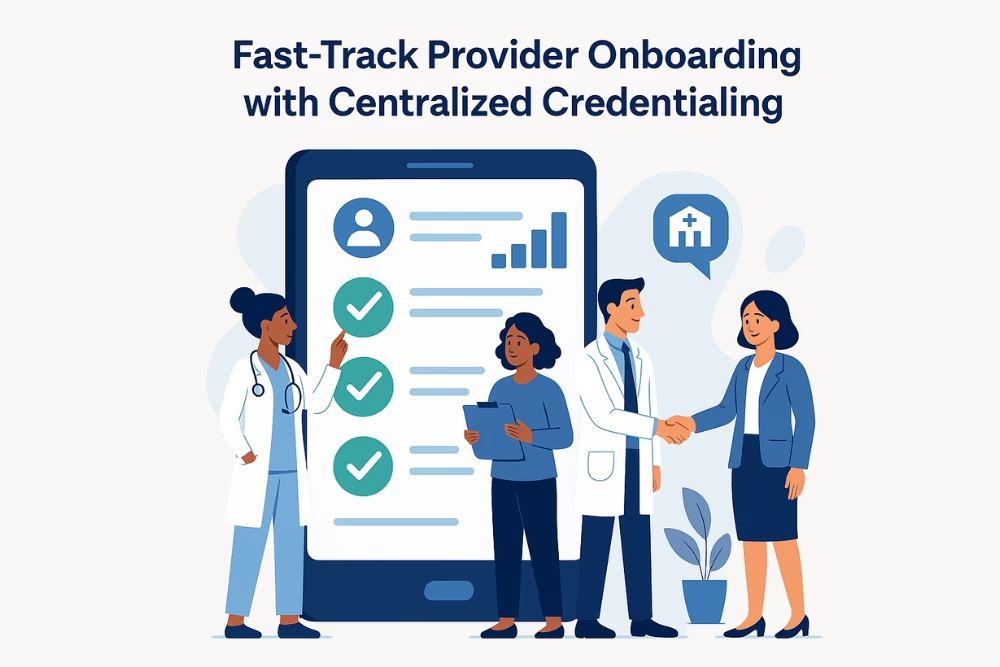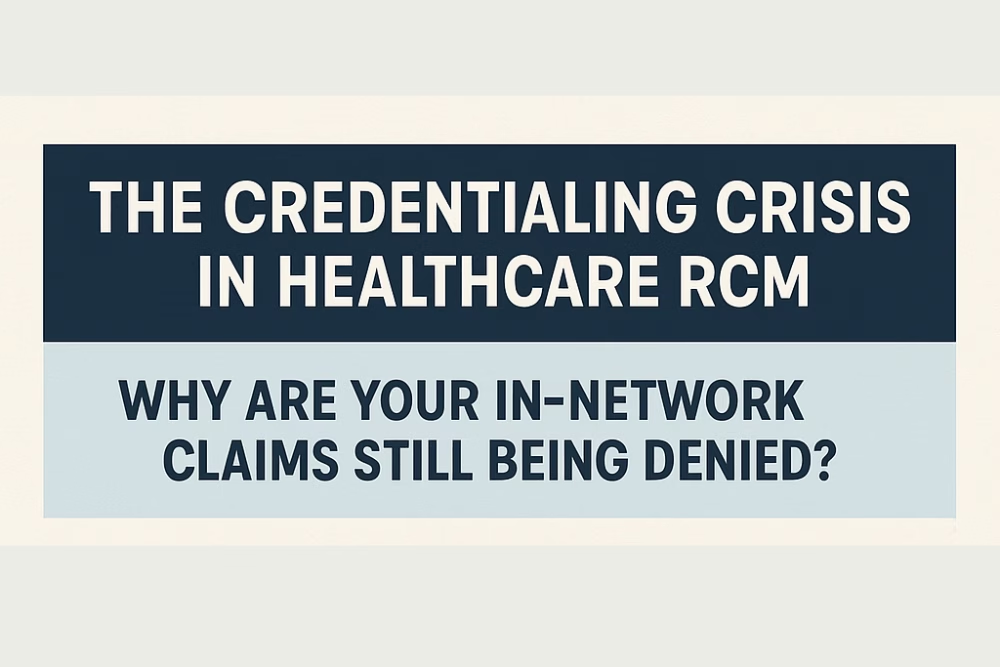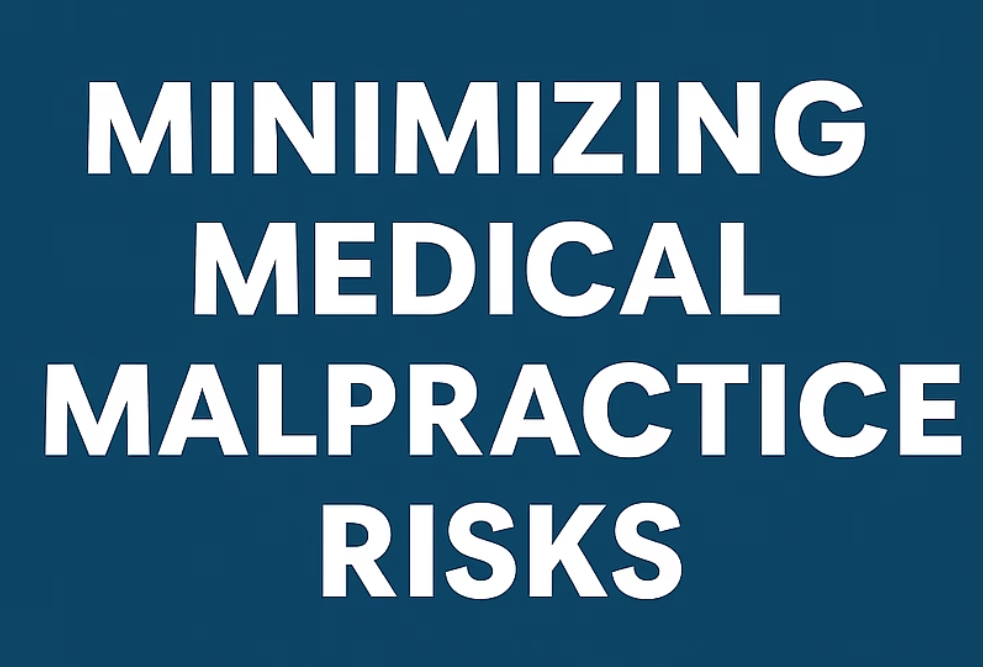Navigating the complexities of Medicare and Medicaid credentialing and contracting is crucial for the financial health of any healthcare practice. These processes ensure your practice can bill for services rendered to beneficiaries of these government programs and receive timely reimbursements. This comprehensive guide provides a step-by-step approach to effectively managing credentialing and contracting with Medicare and Medicaid, optimizing your revenue cycle and ensuring smoother operations.
Step 1: Understanding the Medicare and Medicaid Credentialing Process
What is Credentialing and Why Does It Matter?
Credentialing is the verification and approval process for healthcare providers to participate in Medicare and Medicaid programs. This essential step confirms providers meet specific qualifications, ensuring patient safety and program integrity. Without proper credentialing, practices cannot receive reimbursements for services provided to Medicare and Medicaid beneficiaries.
Essential Documents for Credentialing:
Gathering the necessary documentation is the first step. Common requirements include:
- Proof of Licensure and Certifications: Current state medical license, board certifications, and other relevant credentials.
- Professional Education and Training Records: Diplomas, transcripts, and certificates of completion for relevant training programs.
- Work History and Malpractice Insurance: A detailed work history, including dates of employment and malpractice insurance coverage.
- National Provider Identifier (NPI): Your unique NPI number.
- Specialty-Specific Documents: Depending on your specialty, additional documentation may be required.
How to Submit Your Application:
- Medicare: Medicare credentialing is primarily managed through the Provider Enrollment, Chain, and Ownership System (PECOS). Ensure accurate completion of all forms to avoid processing delays.
- Medicaid: Medicaid credentialing processes vary significantly by state. Contact your state’s Medicaid agency for specific requirements and application procedures. Resources for state Medicaid agencies can usually be found on the CMS website.
Step 2: Contracting with Medicare and Medicaid
What is Contracting and Why is it Important?
Once credentialed, you can enter into contracts with Medicare and Medicaid. These agreements define the terms of reimbursement, covered services, payment rates, and other crucial details. Securing these contracts is essential for receiving payments for services rendered.
Types of Contracts:
- Medicare:
- Part A: Covers inpatient hospital stays, skilled nursing facility care, hospice care, and some home health care. Providers typically bill using the Inpatient Prospective Payment System (IPPS) or other relevant payment systems.
- Part B: Covers physician services, outpatient care, preventive services, and durable medical equipment. Providers typically bill using the Medicare Physician Fee Schedule (MPFS).
- Medicaid: Medicaid contracts vary significantly by state. Common models include:
- Fee-for-Service (FFS): Providers are paid a set fee for each service provided.
- Managed Care: Medicaid beneficiaries enroll in managed care organizations (MCOs), which contract with providers to deliver care. Payment models vary within MCOs.
Negotiating Better Terms:
While some aspects of Medicare and Medicaid contracts are non-negotiable, there are opportunities to influence certain terms. Consider:
- Understanding Market Rates: Research reimbursement rates for similar services in your area to establish a baseline for negotiation.
- Highlighting Value: Emphasize the quality of care your practice provides, your patient outcomes, and any specialized services you offer.
- Seeking Expert Advice: Consulting with healthcare attorneys or consultants specializing in contract negotiation can provide valuable insights.
Step 3: Overcoming Common Credentialing and Contracting Challenges
Addressing Delays and Denied Claims:
- Delays: Credentialing and contracting can take time. Regularly check the status of your applications and follow up with the relevant agencies. Maintaining organized records and submitting complete applications can help minimize delays.
- Denied Claims: Common reasons for claim denials include coding errors, lack of documentation, and non-covered services. Carefully review the explanation of benefits (EOB) to understand the reason for denial. Correct any errors and resubmit the claim. If you believe the denial is unjustified, you can file an appeal.
Step 4: Staying Informed on Medicare and Medicaid Regulations
Regulatory Changes and Updates:
Medicare and Medicaid regulations are constantly evolving. Staying informed is crucial for compliance and maximizing reimbursements. Utilize these resources:
- CMS Website: The Centers for Medicare & Medicaid Services (CMS) website (cms.gov) is the primary source for updates on regulations, policies, and payment rates.
- State Medicaid Agencies: Visit your state’s Medicaid agency website for state-specific information.
- Professional Organizations: Join relevant professional organizations to stay informed about industry trends and regulatory changes.
- Subscribe to Newsletters: Sign up for newsletters from CMS and your state Medicaid agency to receive direct updates.
If you’re looking for expert assistance in streamlining your provider credentialing process, look no further than eClinicAssist. Our team specializes in helping healthcare providers and practice managers navigate the complexities of credentialing and contracting with Medicare and Medicaid. Get in touch with us today to ensure your practice is set up for success, so you can focus on delivering quality care. Reach out to eClinicAssist and let us guide you through the credentialing process smoothly and efficiently!







